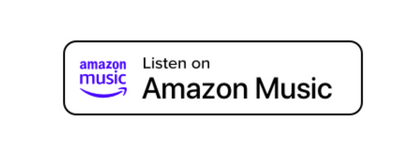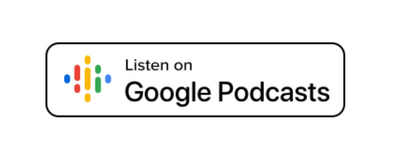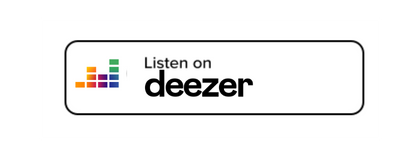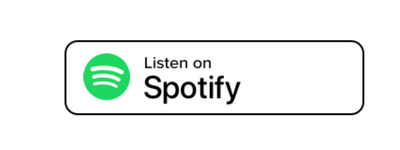A Low Code platform that enables you to change the UI of everything for a better UX w/Todd Schiller
Today’s guest — Todd Schiller, PhD
The Future of Work Area — Low Code / No Code
Listen to the full episode :
Todd Schiller is the co-founder and CEO of PixieBrix, a company empowering everyone to customize their web and desktop applications for their use. With their low code platform, you can add a new button that triggers the automation, makes an API call, or change the UI for the UX your employees and customers need.
Before founding PixieBrix, he built knowledge management and business analytics tools for the world's most significant hedge funds and consumer companies. He holds a Ph.D. in Computer Science from the University of Washington, where he was a National Science Foundation Graduate Fellow
About the Episode
In today's episode, it was my absolute pleasure to host Todd Schiller, Co-Founder & CEO at PixieBrix. We met with Todd 1.5 years ago at a conference, and they got me to think about how this product can impact everyone’s interaction with digital applications. The episode was in the works for a while, and it is also my great honor to have him announce their $5.4 million in Series A close in this episode.
PixieBrix is building the future of User Experience for enterprise employees and beyond with their Low Code / No Code interface. By enabling users to change the user interface of any web application to make them well-suited for their needs, PixieBrix allows them to boost productivity.
That means you can simplify standard websites like LinkedIn or Salesforce to eliminate distractions and optimize your work. Changing the User Interface is powerful because you can add elements to websites and turn any standard site into your custom workspace.
At its core, PixieBrix is a browser extension that integrates with Chrome and allows you to add what they call "bricks" — or building blocks — to change the way any website looks and works. Each brick performs an action, such as; adding a button that runs automation or posts on LinkedIn for you. You can move the input prompt or change how data is visualized. In addition, many of the bricks automate tasks and can integrate with popular business services, such as Asana, Google Workspace, HubSpot, Salesforce, and Zapier.
PixieBrix takes its place in the Masters of Automation because they allow a new way to get work done. Their capability is not helping the UI of the apps that interact with humans but can also manipulate the UI of the websites that RPA robots interact. For example, if a button changes location too many times or user input is unextractable, use PixieBrix to modify the page for automation.
The opportunity here for process automation and enabling any user to increase their productivity is limitless, whether that applies to human-in-the-loop or end-to-end processing.
PixieBrix is a Master of Automation, and holds its place in the Future of Work technologies that change how we work.
Some questions we discussed:
What interested you in the UI / UX - low code, no code space?
What led you to start PixieBrix?
How does PixieBrix change in the future of work?
Citizen developer versus. Enterprise, how can people adopt it quickly and increase enterprise adoption?
Why should you care?
As technology gets democratized and accessible, all workers worldwide will have the tools to change the applications they interact with to personalize them. The personalization of the web and desktop applications for non-technical users is a revolutionary tech that will enable everyone to modify their everyday apps to increase productivity and efficiency while removing friction.
“Low Code is about bringing technology to as many people as possible to help them accomplish what they are set to accomplish.”
“The future of work has humans at the center of it. Each individual is a contributor to multiple processes and works at a company. So how can technology help them achieve their work better? It’s about enabling individuals to create the perfect user experience for themselves.”






